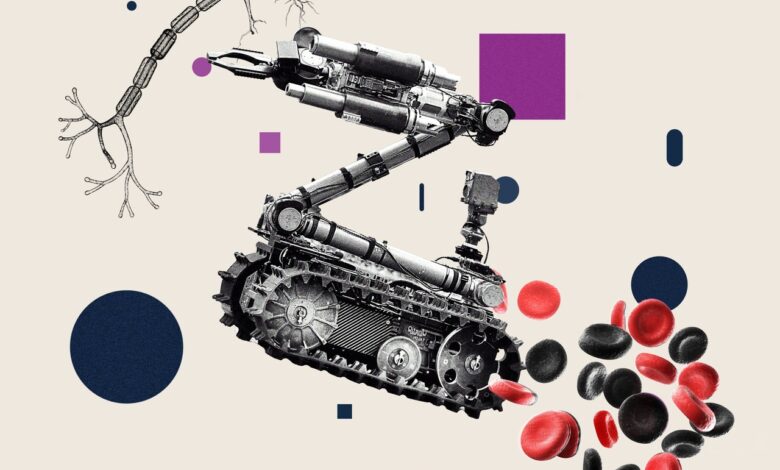Merging technology and biology to create next-gen machines

Over the next few years, Saif plans to train his swimming biobots’ neurons, so that they develop a primitive memory, and ultimately be able to make decisions on their direction of travel. Training will be based on punishment and reward. “For example, if a swimmer moves to the right, it may be punished by a chemical, but if they go to the left, maybe they’re given sugar,” he says. “If they are given this choice multiple times, we hope that these neurons would automatically go to the left. They would progress just like we do in our own lives. We make decisions based on the experience we have.”
Which brings us back to Saif’s dream. As well as detecting and treating cancer in the human body, he says, the future biobots could also be used for the detection and clean-up of toxins in the environment and for testing the efficacy of drugs. As he puts it, “We’re paving the way towards intelligent machines.”
Towards a world of soft, sustainable robots
Saif’s biobots are tiny for a reason—if tissue grows beyond the scale of a lentil seed, it becomes difficult to supply it with the nutrition and oxygen it needs, and it dies.
At ETH Zurich University, however, researchers are exploring ways to create larger scale biohybrid robots powered by living muscles. Researchers at the university’s Soft Robotics Lab have found a way to 3D “print” muscle cells and gently stretch them into muscle tissue that incorporates inbuilt channels to allow nutrients to be distributed—or “perfused”—inside them, thus mimicking the blood vessel architecture in our muscles.
So far the largest muscle they’ve produced is around two centimeters long and a centimeter thick. According to Dr. Robert Katzschmann, the university’s Assistant Professor of Robotics, the barrier to constructing even bigger muscles is mainly logistical: The two-centimeter muscle alone required around 50 million cells, and a factory-scale facility would be needed to produce cells in large enough numbers for significantly larger muscles. “But in theory, there are no limits,” he says. “As long as you have the cells and you have the perfusability, you can go much larger.”
The lab currently uses so-called “immortalized” cell lines from rats and mice, namely cells that have been artificially manipulated to continue proliferating indefinitely. This attenuates ethical concerns that are instead associated with the use of “primary cells” that have been directly extracted from animals. Katzschmann says that, in theory, new muscle tissues can be built from the cells of any species. “They could come from a grasshopper, basically,” he says. “We just need to be able to expand them to large numbers when cultured in the lab.”
The ultimate goal for Katzschmann is to produce living muscle and tendon constructs that can be integrated with artificial parts to enable the creation of large-scale biohybrid robots. Those muscles can be actuated by electrical pulses. But, much like our own bodies, they will be powered by chemical nutrients. Common nutrients include amino acids and proteins, which are typically supplied in the form of bovine serum, harvested from cow fetuses, which is widely used in cell culture. Possibly—and more ethically—in the future, this will be replaced by something derived from a non-animal source. “It’s a question that hasn’t been answered yet, but we’ll ultimately find ways of producing mixtures of glucose and other nutrients from plant sources that allow the cells to function,” says Katzschmann. Moreover, these bio-actuators can serve as functional models for the fundamental investigation of the pathophysiology of movement, something that is currently carried out mainly via experimental animals.
Read More



